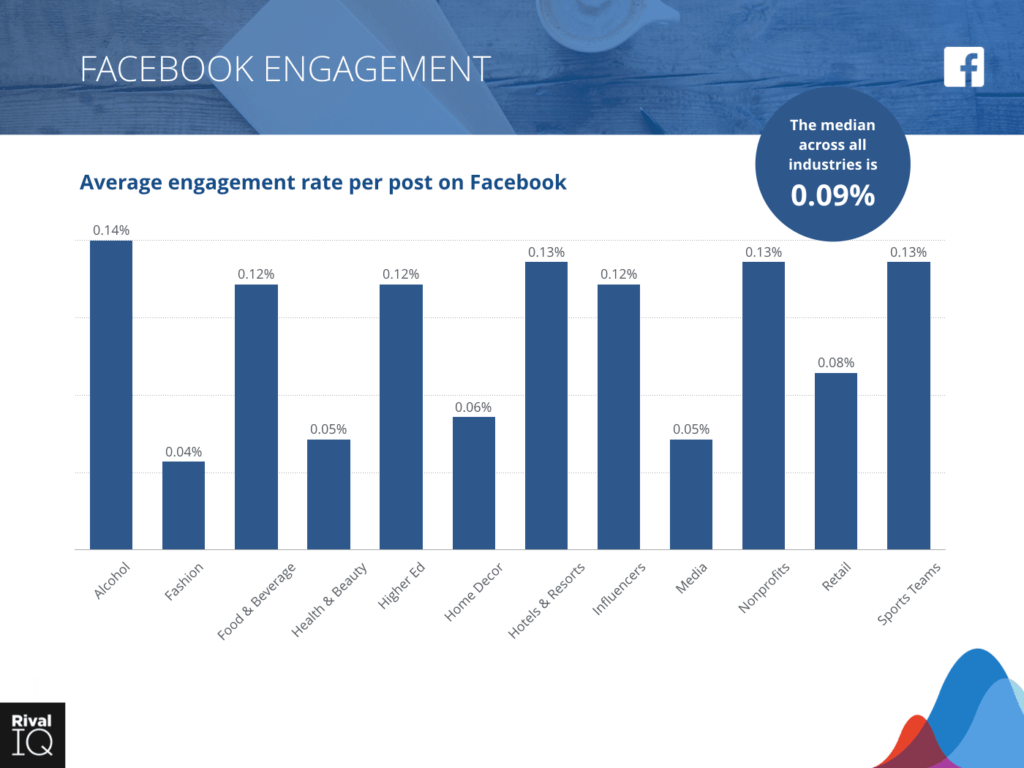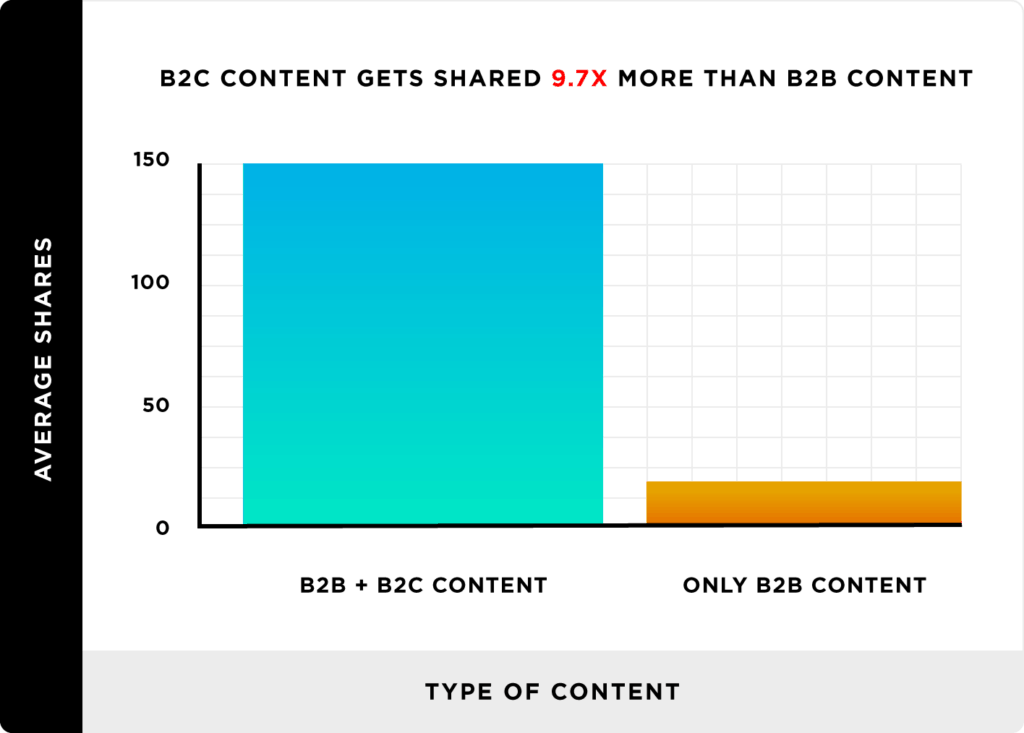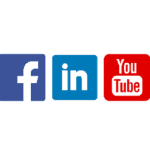Marketing campaigns rely on getting your carefully crafted marketing messages to your prospects and customers. Paid Media, Earned Media and Owned media are the three key ways to get those messages distributed.
In this post we’ll review how each of the media types differs, their advantages and disadvantages, and how you can combine them for maximum effect.
What is Paid Media
Paid media is any form of media placement for a fee and includes approaches as varied as: promoting LinkedIn posts, Google search advertising, and on-website advertising. Advertising can be considered a subset of Paid Media.
This, of course, includes outdoor advertising, TV, radio, etc but in the post we’re going to focus on digital Paid Media.
Paid Media Examples
Examples of digital Paid Media include: Pay Per Click advertising, Paid influencers (think paid social media posts or sports star sponsorship), LinkedIn boosted posts, LinkedIn Campaigns, Facebook boosted posts, Google AdWords.
Benefits of Paid Media
Predictable: Start and Stop as Needed
The key benefit is the ability to directly control the promotion start and stop time times to meet business needs
For instance, if you need B2B sales leads you can start a Google Search or LinkedIn post promotion to drive traffic and interest within a few hours. When you have enough leads or decide the lead quality is not high enough you can stop or adjust the campaign to meet your needs.
Prospect Targeting
Anyone with an audience is a potential Paid Media platform but platforms that know the most about their users, and can target advertising most effectively, generate the most value for advertisers.
Social media companies (Facebook, Twitter, Instagram, LinkedIn) have detailed information about their members and can tightly target advertising messages. The same is true for many free services including Gmail and Hotmail.
Did you know that Google “reads your emails”, so it can better target advertising messages!?
Paid Media reporting and tracking
Modern Paid Media platforms provide a myriad of reporting and attribution tools. This enables organisations to track exactly how much each lead is costing the organisation, allowing advertisers to optimise the process.
Problems with Paid Media
The biggest problem is that once you stop paying, your message stops being presented to prospects.
What is Earned Media
Earned Media is publicity and visibility your media gathers through the sharing and liking of your content organically on social media and content networks. Earned Media also includes publicly posted business reviews (Google Reviews, etc)
Here the “earned” refers to you earning enough interest from people that they want to share your content with their personal audience. So, you “earn media” by providing content people want to share.
It’s clear that Earned Media can’t be actively managed in the same way that Paid Media can be managed. You do not have direct control over how, when or where your content is shared. You don’t even have control over people defacing your content and re-sharing it as a meme: negativity or positively.
Earned Media is valuable not just because it generates visibility for your message but also because it can also creates social proof (reviews and testimonials). These can be an important component in driving sales.
Earned Media Examples
Examples of Earned Media include: LinkedIn shares and likes, Facebook shares and likes, Business reviews (Google Reviews, Yelp, productreview.com, testimonials)
Benefits of Earned Media
High leverage rates are possible
Earned Media is desirable because, if it works, it can massively leverage the visibility of your content beyond any budget that you might have for Paid Media. If your content goes viral it can exponentially drive brand recognition. Unfortunately, there is no guarantee that the people seeing your brand are potential customers.
There are many examples of companies being overrun with orders when a celebrity posts a picture using the product. Of course, if they were paid to post the image – it’s not Earned Media, it’s Paid Media.
Problems with Earned Media
Impossible to Pre-plan
On the downside: Viral Earned Media content is notoriously tricky to create and it’s almost impossible to predictably plan successfully.
It can go virally wrong
Even companies with very large budgets and great planning can get on the wrong end of a viral sensation. The Starbucks’ Race Together, campaign was founded on a what seemed like a good idea, but it went very wrong.
At the mercy of platform algorithms
Most sharing is done on social platforms and how the content is distributed to members of the social network is subject to the business goals of those platforms.
A change in the way, or algorithm, content is shown to the members of the network can change quickly and negatively for organisations relying on Earned Media.
Recently Facebook changed their algorithm to prioritise “meaningful interactions” from friends and family over content from brands. This reduced the reach of corporate media being shared.
As a demonstration of the impact of these algorithm changes, recent social media engagement benchmarks show Facebook engagement dropping dramatically in the last 12 months to just 0.09%. This was due in part to changes in the algorithm.

Source
It doesn’t work as well for B2B businesses
Earned Media only works if the content is prone to sharing.
In the case of B2B content this reduces the effectiveness of Earned Media because the viral lift of cute cat videos just isn’t there for your latest corporate product launch or insightful business blog post.
Research shows that B2B content is shared at a rate only 1/10th that of B2C content. So even great content just doesn’t get the same reach as it would in a B2C context.

In summary Earned Media is a good adjunct to your media plan but relying solely on it is problematic for B2B organisations.
What is Owned Media
Owned media is content a company directly creates: blog posts, brochures, press releases, direct email campaigns, etc.
Owned Media Examples
Examples of Owned Media
Side note: you need to understand the impact on your media ownership when you post content on social platforms. For instance, on LinkedIn you own the content and information you add to the services but you grant them:
A worldwide, transferable and sublicensable right to use, copy, modify, distribute, publish, and process, information and content that you provide through our Services and the services of others, without any further consent, notice and/or compensation to you or others.
Source
I’m not making a judgement on whether this is good or bad licence, just identifying the extent of their re-use of your information. You still own it and can delete individual pieces of data or all your data, by deleting your account.
Benefits of Owned Media
You control it
The key benefit of Owned Media is that you directly control it: how it looks, when it’s released, etc.
Of course, once it’s in the public domain it is subject to the rules of Earned Media, but we’ve already covered that.
Distribution can be free
We’ll discuss the role of search engines below, but if you get the settings right, Google and Bing will put your content in front of prospects for free.
Of course getting those settings right is a complex task governed by opaque machine algorithms. But it can be done.
Once your content is ranking on page one or two of the Google search results, people will start to visit your site. If you manage the process effectively, that traffic will continue long-term at no on-going cost to your business.
Problems with Owned Media
Owning media is great but if no-one sees it no-one will be persuaded by it so Owned Media needs publicity. Since the rise in popularity of search engines, the primary way Owned Media gets
For good reasons, the search engines don’t publish their ranking factors so it will take time and effort to be ranked highly and gain free traffic. Even if you do the work, there is no guarantee it will be successful.
Lastly, as the search engines tune and re-tune their algorithms pages that rank well today, may not rank well in the future.
Even with these problems, Owned Media can be a very powerful way to get your content into the hands of your prospects.
Rules for Integrated Media Success
Regardless of the media type, the rules for success are the same.
Create Relevant media
All of the media you create must be relevant to your target customer and their buying journey so you need to:
- Understand the persona of your audience
- Understand the buyers journey they undertake
Combine media types for maximum impact.
The impact of each type of media is maximized when you combine them together. Don’t think of them in isolation, think of how they can be leveraged to compliment each other.
For example: create a blog post (Owned Media) and publish it on LinkedIn to drive shares and interest among your connections (Earned Media). Then create an AdWords campaign to drive people to the blog post and lift visibility (Paid Media).
It is through this type of integrated media approach that you will maximise the value of your media assets.




